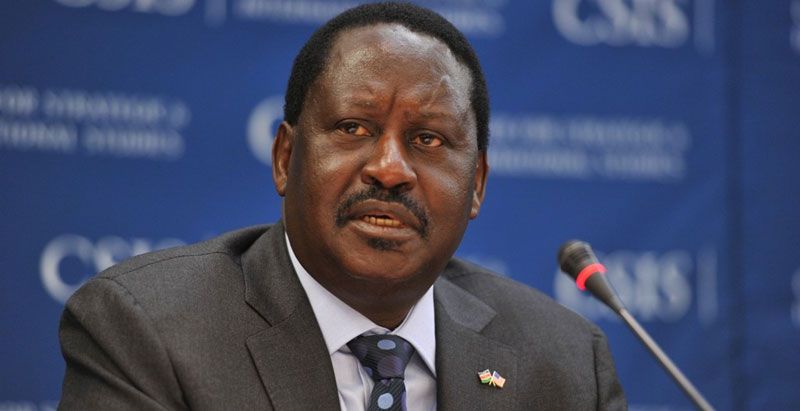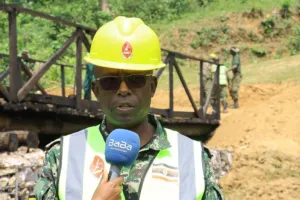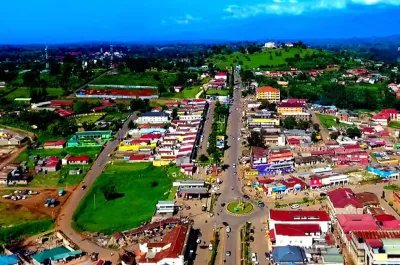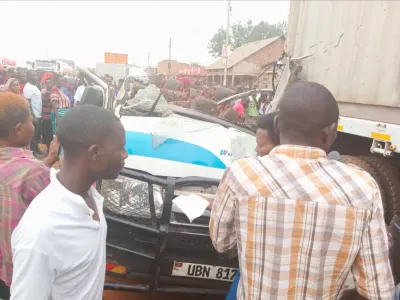
After considering his options following Kenya presidential elections, the National Super Alliance (NASA) leader, Raila Odinga, handed his petition to the Supreme Court, challenging the ruling. This was a turn-around from his previous position where he had urged his followers to protest and reject the results outright.
The Independent Election and Boundaries Commission (IEBC) Chairman, Wafula Chebutai, announced Kenyatta had won with 54.27% against Odinga’s 44.74%. The rest of the other six candidates shared the remaining 0.99%. This represented a little more than 15 million people who cast their votes, from the registered 19.6 million registered voters; giving it an 80% turn-out of the voters.
There was a national sigh of relief when Odinga announced this, because by that time, 26 deaths had been recorded as a result of protests in his strongholds of Kisumu, the Nairobi slums of Mathare and Kibera, and other scattered areas in the country. International observers of the election, urged Odinga, either to concede, or go to court, to avert a situation like in 2013 when after the polls, 1,300 people were killed and 600,000 displaced.
In the next fortnight, Chief Justice David Muragu will lead a coram of seven judges to determine the validity of Odinga’s arguments. Odinga says that “the Supreme Court should use this chance to redeem itself or compound the problem for this country” of its earlier decision. He argues that there was deliberate manipulation of the votes, “leading to the fraud of democratic impunity”.
Should the court stay Kenyatta’s swearing-in scheduled for August 29th, then within two months, IEBC has to organize a run-off poll between the two by October 31st to decide the eventual winner – and that will be final!
Odinga and NASA blame IEBC for the “deliberate manipulation of votes through the algorithm [the arithmetic computerized tallying system]”. The process starts with conveying Form 34 A from the 47 counties that are the electoral entities. This is annotated by Form 34 B then is entered at the IEBC headquarters before the announcement using Form 34 C. According to NASA, even by the time that Chebutai declared Kenyatta the winner, some 34 A forms had not been transmitted to IEBC headquarters.
NASA also wants to inform the Supreme Court that the problem of rigging predates the actual election day. They hope to aver that the murder of the IEBC computer expert, Chris Msando, is the genesis of the manipulation. It is perhaps inopportune that Msando gave a TV interview near to the time of the polling.
In it, he uncharacteristically “boasted” that, he was the final arbiter of the transmission process before the tallying was directed to the computer servers that would then beam down the results. Somebody or some people were keenly interested in “jamming” the process that Msando was explaining.
Almost immediately, he was kidnapped, and two days later his mutilate body, and that of his girlfriend, whom he had been with on the night of the kidnap, was discovered. There have been unconfirmed reports of the arrest – and release – of his murderers, believed to be one man and three women, for unsubstantiated evidence. In any case, the Kenyan Police has not come up with a tangible explanation of Msando’s killing.
It is alleged that part of his right hand was missing from the mutilated body. Presumably, the abductors were interested in the fingerprints of his right hand, which he would have used to activate the computer servers. And they used this to mangle the results of the polling.
Earlier on, NASA had intimated that it had beaten Kenyatta’s Jubilee Party by 53% against 44%, almost an identical result from which IEBC announced Kenyatta’s win. In other words, NASA’s tallying of the results, closely mirrored the IEBC results such that, leaving aside the un-transmitted results of the later 34 A forms, it would have been the result the computer server would have transmitted, using Msando’s fingerprints.
Apparently, the action that the Kenya Government is considering on de-registering the Kenya Human Rights Commission (KHRC), is based on the suspicion that it had also tallied its own independent results almost identical to NASA’s and therefore what Msando would have had. If this is the case, the evidence the KHRC would give is damning to Jubilee and would expose the perfidy.
It is upon the Kenya Supreme court to unravel this evidence and satisfy the world of the efficacy of Kenya’s presidential elections. Those who have put their faith in the judgments of the election observers should know that these observers are not credible for two reasons: one, that, they are not pertinent to the intrinsic challenges of Kenya; and two, that they do not follow the whole election process religiously.
szumuz@yahoo.com















Sunrise reporter
Leave a Comment
Your email address will not be published.